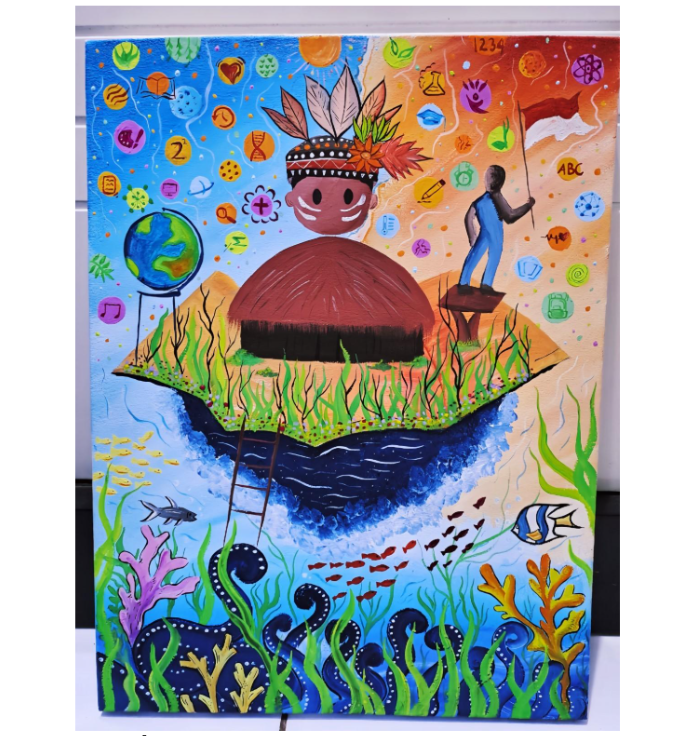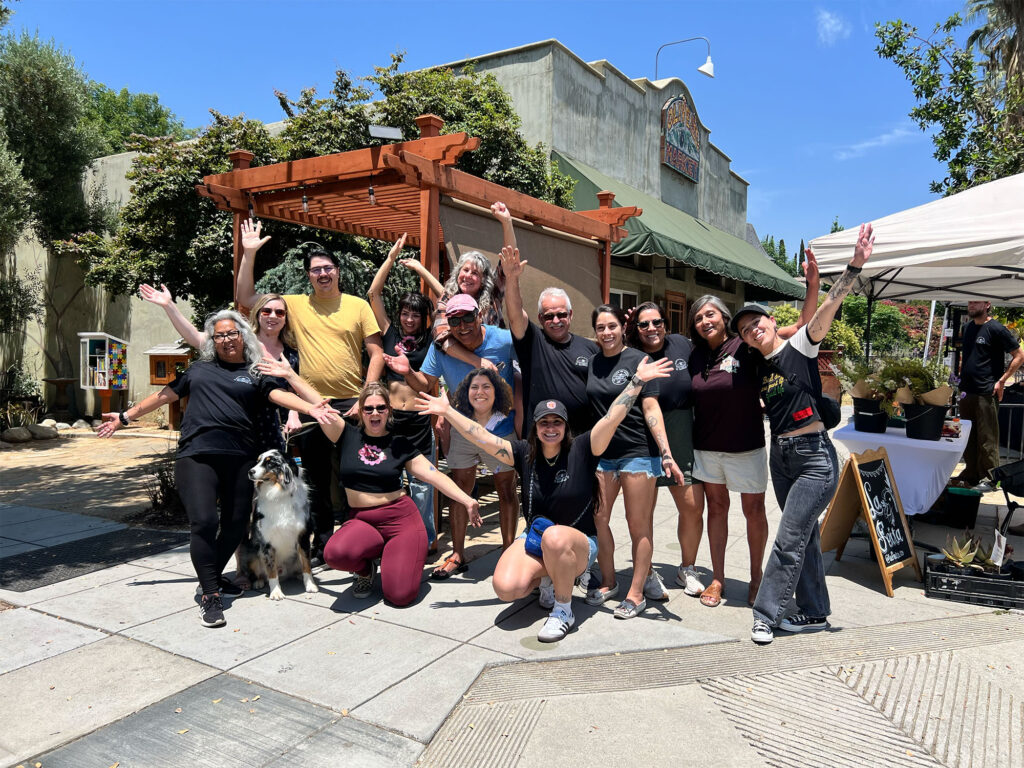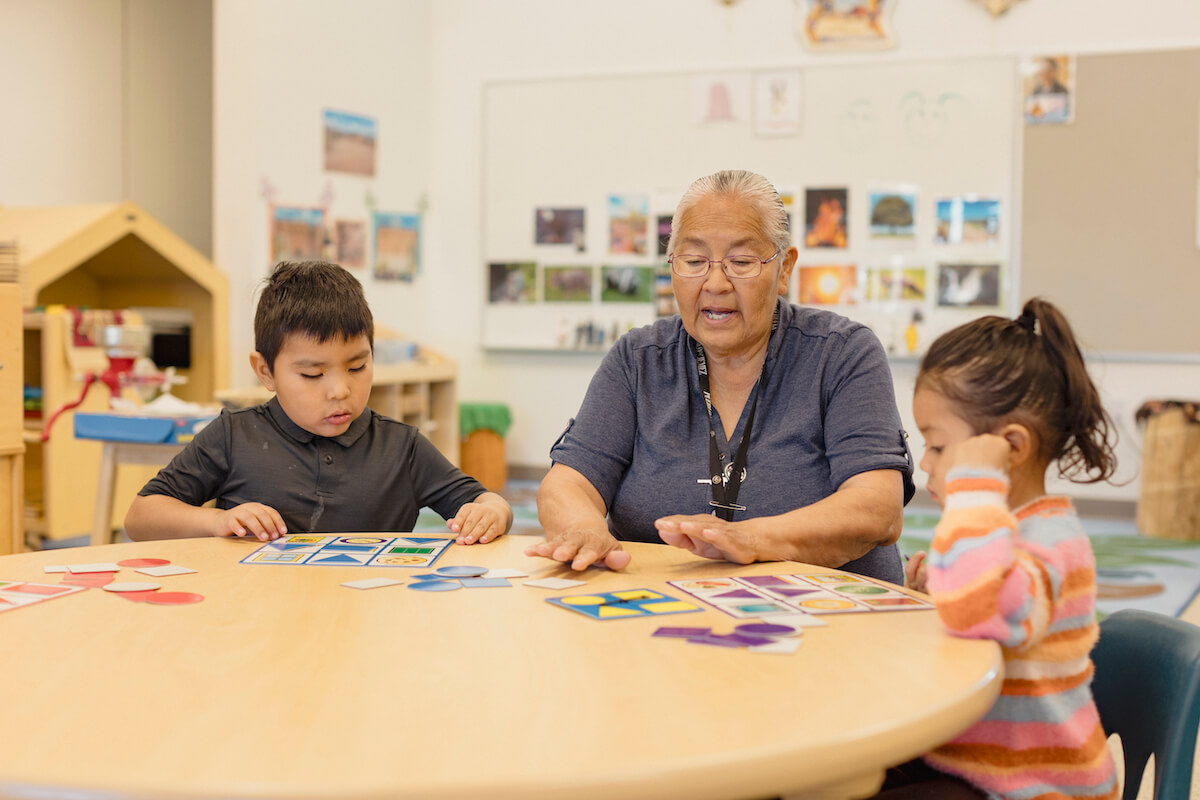Report on the Artwork: “Eastern Indonesia and Its Challenges in Realizing Equal and Inclusive Education”
Introduction
The artwork by Hilda Restiawati, titled “Eastern Indonesia and Its Challenges in Realizing Equal and Inclusive Education,” serves as a visual report on the systemic obstacles hindering educational equity in the region. The piece uses complex symbolism to articulate the intersection of cultural identity, resource disparity, and the fundamental right to education, aligning closely with the United Nations’ Sustainable Development Goals (SDGs).
Symbolic Analysis of Thematic Elements
The composition is structured to convey a narrative of struggle and aspiration. An analysis of its key symbols reveals the following:
- Central Figure and Cultural Heritage: An indigenous Papuan child standing on a honai (a traditional dwelling) is the focal point. This represents the deep-rooted cultural identity and community strength that forms the foundation of the region.
- Aspirations for Education: Symbols of modern education, including books, letters, and numbers, are depicted in the sky. This illustrates the universal dream of access to knowledge and intellectual development.
- Representation of Disparity: A background gradient from blue (hope) to orange (harsh reality) visually represents the significant gap between educational aspirations and the challenging circumstances on the ground.
- Infrastructural and Geographical Barriers: The depiction of a small, isolated island surrounded by a vast sea symbolizes the severe challenges posed by limited infrastructure and difficult geographic access, which isolate communities from educational resources.
- National Commitment vs. Local Reality: A figure raising the Indonesian flag signifies the national commitment to education. However, its placement on a simple, remote platform underscores the difficulty of translating national goals into tangible outcomes in remote areas.
- Natural Wealth vs. Human Development: The rich marine biodiversity illustrated at the bottom of the piece represents the immense natural resources of Eastern Indonesia. This is contrasted with the struggle for human development, highlighting a critical imbalance.
- The Path to Education: A fragile wooden ladder symbolizes the precarious and vulnerable journey that communities must undertake to achieve equal and inclusive education.
Alignment with Sustainable Development Goals (SDGs)
The artwork provides a compelling case study of the challenges related to several key SDGs:
- SDG 4: Quality Education
The painting is a direct commentary on the core mission of SDG 4. It visualizes the profound barriers to achieving “inclusive and equitable quality education” (Target 4.1) and promoting lifelong learning opportunities. The fragile ladder and isolated island geography are potent symbols of the inadequate educational facilities and infrastructure (Target 4.a) that disproportionately affect children in remote and indigenous communities (Target 4.5). - SDG 10: Reduced Inequalities
By focusing on an indigenous child in a geographically marginalized region, the artwork powerfully illustrates the theme of SDG 10. It highlights the deep-seated inequalities in opportunity and access to services that exist within the nation. The visual “gap” in the background directly reflects the disparities that SDG 10 aims to eliminate by empowering and promoting the social and economic inclusion of all (Target 10.2). - SDG 11: Sustainable Cities and Communities
The prominent placement of the honai and the proud depiction of the indigenous child underscore the importance of protecting cultural heritage, a key component of SDG Target 11.4. The artwork advocates for an educational model that does not erase local identity but rather integrates with and preserves the cultural fabric of communities. - SDG 9: Industry, Innovation, and Infrastructure
The theme of isolation and difficult access points directly to the challenges addressed by SDG 9. The lack of resilient infrastructure (Target 9.1) is shown to be a primary inhibitor of access to essential services like education, thereby hindering overall socio-economic development.
Conclusion
Hilda Restiawati’s painting functions as a powerful report on the multifaceted development crisis in Eastern Indonesia. It effectively argues that the struggle for education is not an isolated issue but is intrinsically linked to the broader agenda of sustainable development. The artwork concludes that achieving quality education (SDG 4) is fundamental to reducing inequality (SDG 10), preserving cultural identity (SDG 11), and overcoming infrastructural deficits (SDG 9), thereby securing the right of every child to build a better future.
1. Which SDGs are addressed or connected to the issues highlighted in the article?
-
SDG 4: Quality Education
The article is centered on the theme of education. It explicitly discusses the “struggle… in facing the challenges of realizing equal and inclusive education” in Eastern Indonesia. The entire narrative, from the child dreaming of education to the symbols of books and letters, directly relates to the goal of ensuring inclusive and equitable quality education for all.
-
SDG 10: Reduced Inequalities
The article highlights the significant disparities faced by specific communities. It points to a “gap” in educational opportunities for children from an “indigenous Papuan tribe” and those in “remote corners of Eastern Indonesia.” This focus on inequality of access and opportunity based on geographic location and ethnic origin connects directly to the goal of reducing inequality within and among countries.
2. What specific targets under those SDGs can be identified based on the article’s content?
-
SDG 4: Quality Education
- Target 4.1: By 2030, ensure that all girls and boys complete free, equitable and quality primary and secondary education. The article’s core message is about the “struggle for education” and the “fundamental right of every child to dream,” which aligns with the goal of universal access to quality education.
- Target 4.5: By 2030, eliminate gender disparities in education and ensure equal access to all levels of education and vocational training for the vulnerable, including persons with disabilities, indigenous peoples and children in vulnerable situations. The article specifically focuses on the challenges faced by a “child from an indigenous Papuan tribe” and communities in “remote corners,” highlighting the need for equal access for vulnerable and marginalized groups.
- Target 4.a: Build and upgrade education facilities that are child, disability and gender sensitive and provide safe, non-violent, inclusive and effective learning environments for all. The article points to “limited infrastructure, difficult geographic access, and lack of educational resources” as major challenges, directly referencing the need for improved educational facilities and infrastructure.
-
SDG 10: Reduced Inequalities
- Target 10.2: By 2030, empower and promote the social, economic and political inclusion of all, irrespective of age, sex, disability, race, ethnicity, origin, religion or economic or other status. The article’s emphasis on the struggle for “equal and inclusive education” for indigenous communities is a call for their social inclusion and empowerment, which education facilitates.
- Target 10.3: Ensure equal opportunity and reduce inequalities of outcome, including by eliminating discriminatory laws, policies and practices. The “gap” described in the article, symbolized by the gradient background from hope (blue) to “harsh realities” (orange), represents an inequality of outcome and opportunity that this target aims to address.
3. Are there any indicators mentioned or implied in the article that can be used to measure progress towards the identified targets?
While the article does not mention official SDG indicators with specific data, it implies several areas for measurement:
-
For SDG 4 (Quality Education)
- Implied Indicator for Target 4.5: The proportion of children from indigenous and remote populations (like those in Eastern Indonesia) enrolled in and completing primary and secondary education. The article’s focus on the “child from an indigenous Papuan tribe” suggests a need to track educational access and attainment for this specific demographic.
- Implied Indicator for Target 4.a: The proportion of schools in remote regions like Eastern Indonesia with access to basic services and resources. The mention of “limited infrastructure,” “difficult geographic access,” and “lack of educational resources” implies that progress can be measured by tracking the improvement of school facilities and resource availability in these areas.
-
For SDG 10 (Reduced Inequalities)
- Implied Indicator for Target 10.2/10.3: The disparity in educational attainment rates between indigenous populations in Eastern Indonesia and the national average. The “gap” mentioned in the article is a direct reference to this inequality, which can be quantified by comparing educational outcomes between different population groups.
4. Create a table with three columns titled ‘SDGs, Targets and Indicators” to present the findings from analyzing the article. In this table, list the Sustainable Development Goals (SDGs), their corresponding targets, and the specific indicators identified in the article.
| SDGs | Targets | Indicators (Implied from the article) |
|---|---|---|
| SDG 4: Quality Education | Target 4.5: Ensure equal access to all levels of education for the vulnerable, including indigenous peoples. | Proportion of children from indigenous communities in Eastern Indonesia enrolled in and completing their education. |
| SDG 4: Quality Education | Target 4.a: Build and upgrade education facilities. | Proportion of schools in Eastern Indonesia with adequate infrastructure and educational resources. |
| SDG 10: Reduced Inequalities | Target 10.2 / 10.3: Promote social inclusion and ensure equal opportunity. | The gap in educational attainment rates between populations in remote Eastern Indonesia and the national average. |
Source: afsc.org







